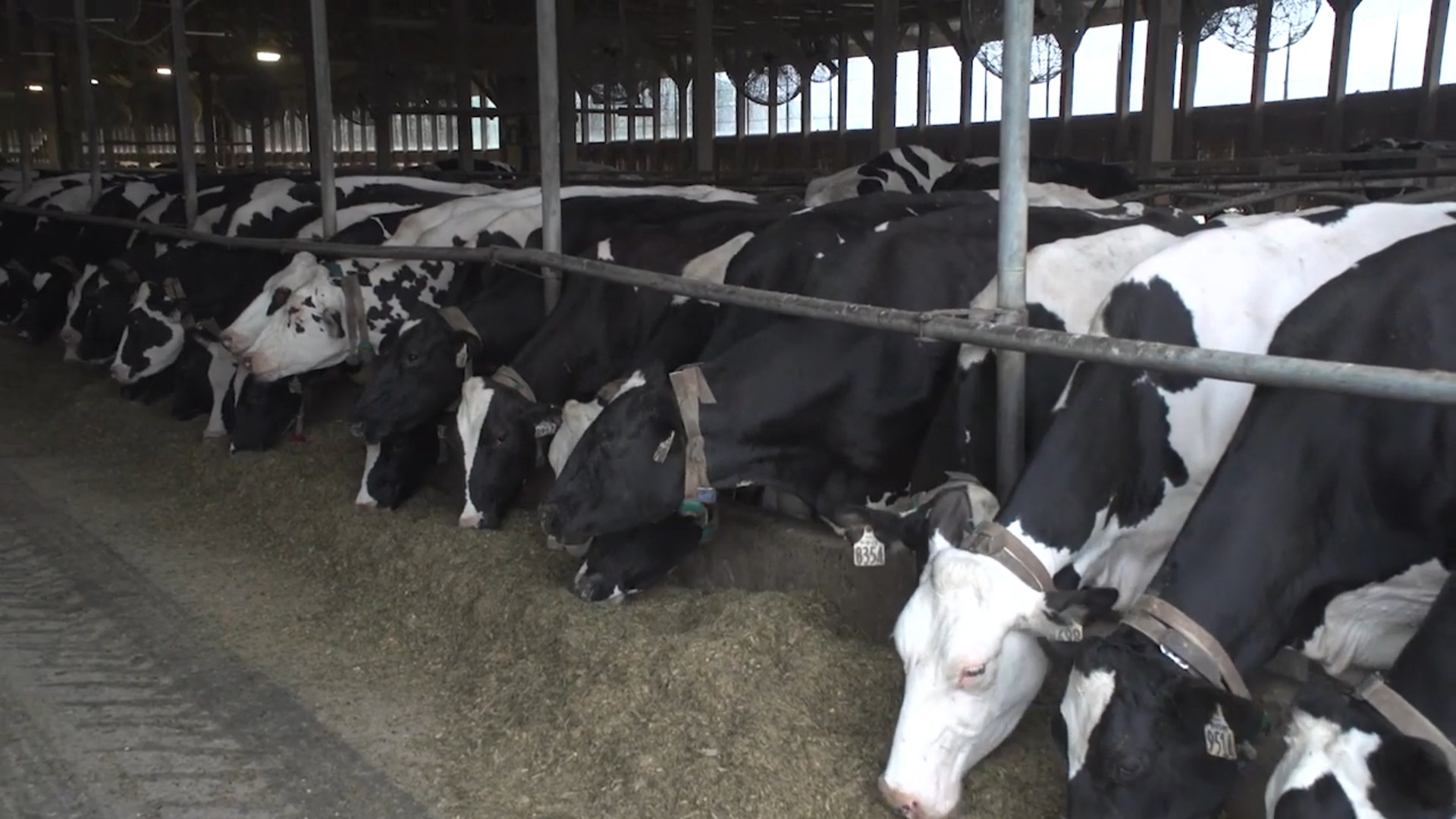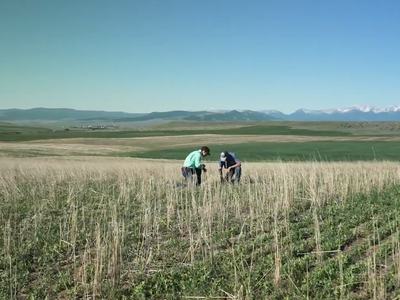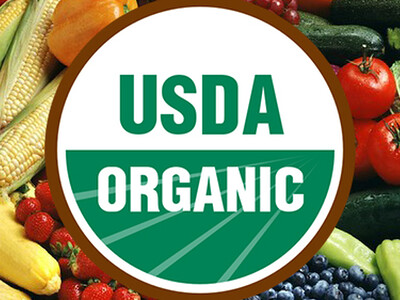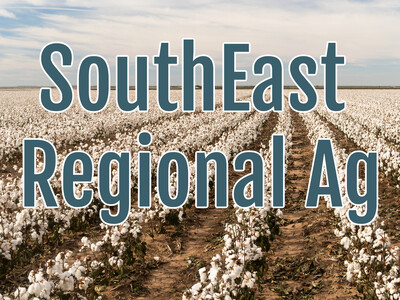Largest Decline in U.S. Dairy Farms in 15-Plus Years in 2019
USDA's National Agricultural Statistics Service’s monthly Milk Production report, released on Feb. 20, showed the largest annual decline in the number of licensed dairy operations since 2004. Since the end of 2014, dairy farmers have struggled with low prices resulting from large supplies outweighing demand, in the U.S. and around the world. While we have historically seen year-over-year declines in the number of dairy operations, the data from 2019 shows this challenging price environment proved to be too much for many operations throughout the country.Dairy Herd and Milk Production
The report showed that annual milk production in the United States in 2019 was 218.4 billion pounds, increasing 0.4% from the 217.6 billion pounds produced in 2018. Milk production in the U.S. has grown every year over the past decade, but that growth has somewhat leveled off the last few years. 2019 year-over-year growth represents the slowest growth since 2013, when production grew 0.3% from 2012. Over the past few years, we have also seen a pullback in the number of milk cows in the U.S., with 2019 averaging 9.34 million head, down 0.7% from 2018. However, even with the recent pullback in cow numbers, the average annual number of milk cows has increased 2.3% from 2010.
Annually, the U.S. has seen the average number of milk cows decline since 2017, from an average of 9.406 million head to an average of 9.336 million head in 2019. However, the growth in milk production has only slowed, not declined. This is due to the ever-increasing productivity of the milking cows. Milk produced per cow in the U.S. averaged 23,391 pounds for 2019, 241 pounds above 2018’s 23,150. Unlike the fluctuating overall number of cows, milk production per cow has steady increased approximately 10.6% from 2010.
California is the largest milk-producing state in the U.S., clocking in at 40.6 billion pounds. The state is followed by Wisconsin, Idaho, New York and Texas, with 30.6, 15.6, 15.1 and 13.8 billion pounds, respectively. Growth in production over the past decade has not been evenly distributed; While production has grown in most of the country, it since 2010 is has declined in certain regions, such as much of the Southeast. Colorado has experienced the largest growth in percentage terms, growing 71%, albeit from a smaller base production number. Growth in Texas has been stupendous, rising 57% since 2010 into the fifth largest milk-producing state in the country.

















